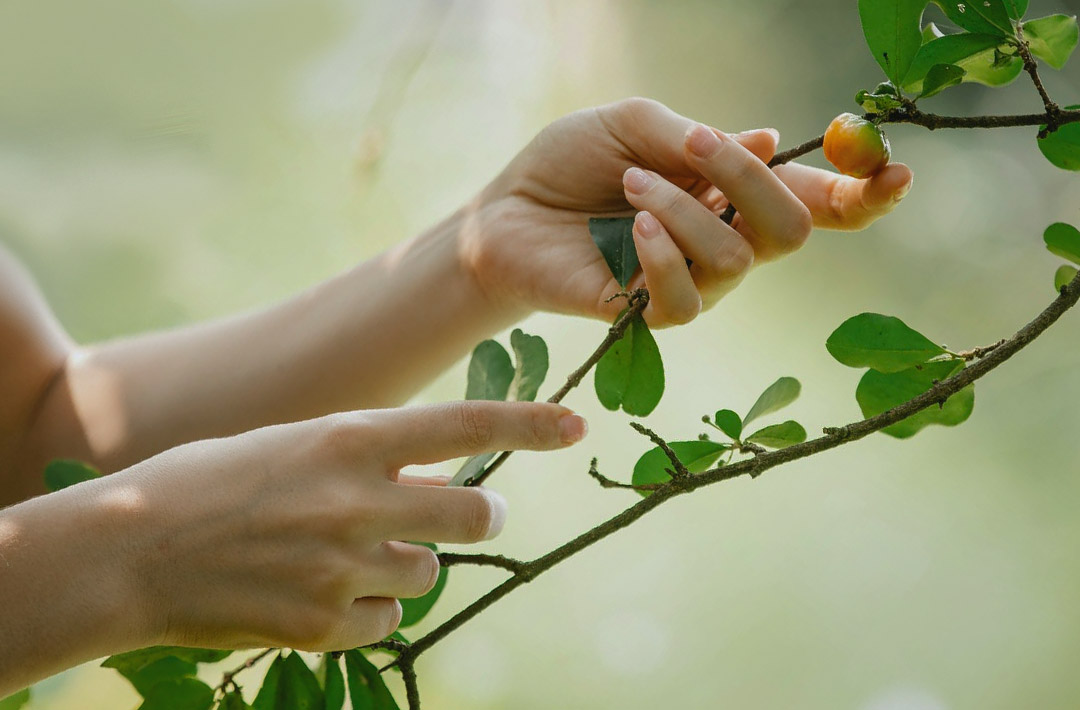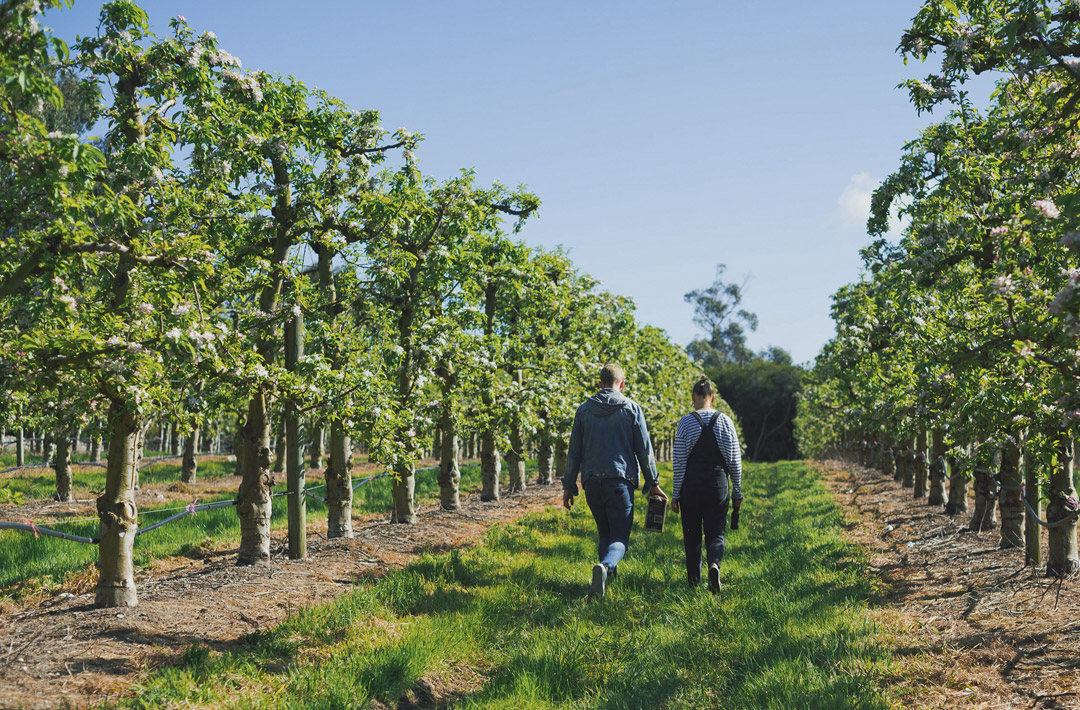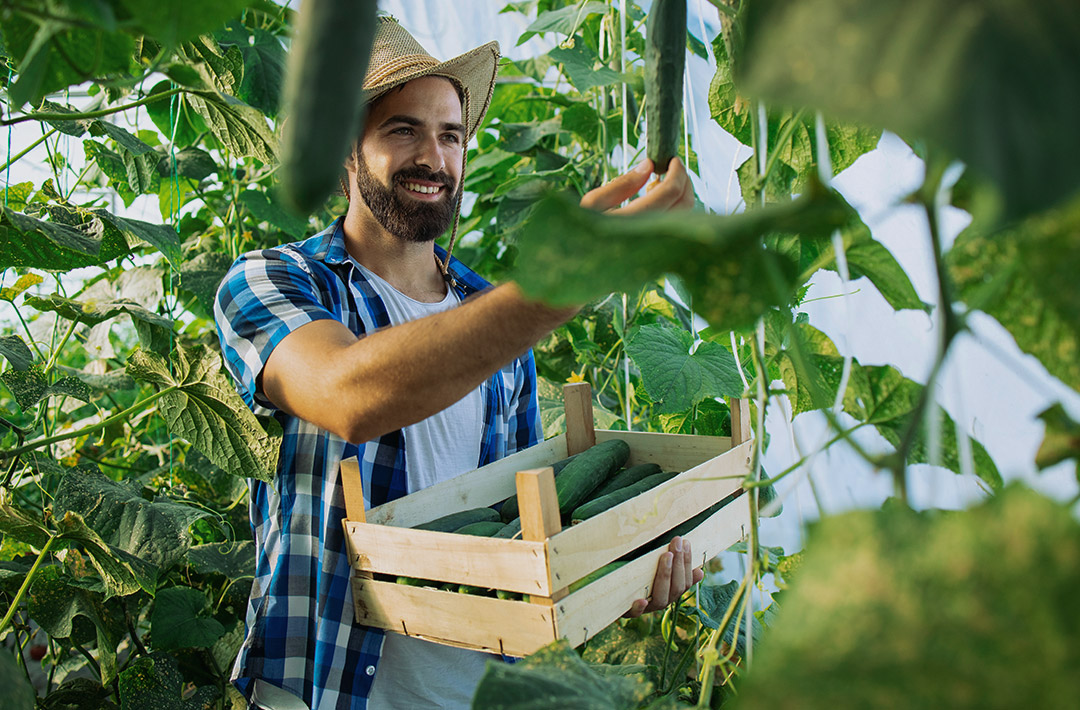
Types of Wasps in the UK: A Comprehensive Guide
Wasps are a common sight in the whole of the United Kingdom, particularly during the warmer months of summer. They can play a vital role in ecosystems, acting as pollinators and natural pest controllers.
However, they can also be a nuisance, and some species are more aggressive than others. In this guide, we'll explore the different types of wasps that you can encounter in the UK, their characteristics, habitats, and their roles in the environment.
 For Some Though Wasps Are Dangerous Pests.
For Some Though Wasps Are Dangerous Pests. 

Common Wasp
(Vespula vulgaris)
Characteristics
- Yellow and black stripes
- Length: 12-17 mm
- Aggressive when threatened
Habitat
- Gardens, woodlands, meadows
- Nest underground or in cavities
Role
- Pollinators
- Predator of insects
German Wasp
(Vespula germanica)
Characteristics
- Similar to Common Wasp but has three tiny black dots on its face
- Length: 12-15 mm
Habitat
- Urban and suburban areas
- Hollow trees, lofts, and wall cavities
Role
- Pest control
- Pollinators
European Hornet
(Vespa crabro)
Characteristics
- Larger than most wasps, reddish-brown and yellow
- Length: 20-35 mm
Habitat
- Woodlands, parks, and gardens
- Nests in hollow trees and high up in buildings
Role
- Predators of large insects like dragonflies
- Less aggressive toward humans unless provoked
Red Wasp
(Vespula rufa)
Characteristics
- Rusty red and black coloration
- Length: 10-15 mm
Habitat
- Heaths, moorlands, and woodlands
- Nests usually underground
Role
- Predators of other insects
- Rarely seen in urban areas
Tree Wasp
(Dolichovespula sylvestris)
Characteristics
- Yellow and black, with a more slender body
- Length: 15-20 mm
Habitat
- Woodlands, gardens
- Nests are often aerial, hanging from tree branches
Role
- Predators of other insects
- Less aggressive than common wasps
Cuckoo Wasp
(Chrysididae family)
Characteristics
- Metallic blue or green
- Length: 5-15 mm
Habitat
- Gardens, meadows
- Do not build their own nests but lay their eggs in the nests of other wasps or bees
Role
- Parasitic on other wasp and bee species
Wasps in Conclusion
Understanding the different types of wasps in the UK can help you appreciate their role in nature and take appropriate precautions if you encounter them. While they can be irritating at times, it's important to remember that wasps are crucial for natural pest control and pollination.
If you have any concerns about wasps, particularly if you find a nest in an inconvenient location, it's best to consult professionals for safe removal.
For more information on UK wasps and wildlife, stay tuned to our website.

References
Last Updated: September 1, 2023
Curabitur sed iaculis dolor, non congue ligula imperdiet ante posuere
Nunc urna libero, congue porta nibh a, semper feugiat sem. Sed auctor dui eleifend, scelerisque eros ut, pellentesque nibh. Nam lacinia suscipit accumsan. Donec sodales, neque vitae rutrum convallis, nulla tortor pharetra odio, in varius ante ante sed nisi orci varius.
Lorem ipsum dolor sit amet, consectetur adipiscing elit. Nulla mauris dolor, gravida a varius blandit, auctor eget purus.




